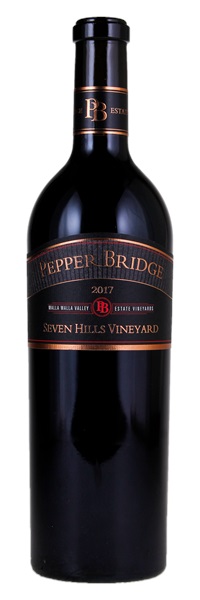Estimate

...core of ripe red and black fruits as well as lots of smoky earth, tobacco, sappy flowers, and spice nuances...medium to full-bodied richness and present yet polished tannins...
Dried violets, blueberries, currants, orange zest and mocha on the nose. It’s full-bodied with firm, fine-grained tannins. Structured, creamy and flavorful with a savory finish.
Pungent peppery, herbal lift to the aromas of currant, tobacco leaf, menthol and bitter chocolate. Densely packed, savory and light on its feet, with the herbal quality accenting but not overwhelming the wine's dark berry and spice flavors. A bit of free-floating oak gives the finish a dusty element.
...delightfully expressive nose of dusty plum, blackberry essence, juicy redcurrant, dusty red and purple flowers and elegant oak spices of vanilla, cinnamon and nutmeg. Medium to full-bodied, the wine is focused and balanced, showing the most approachable expression of the range...long, lingering finish, the wine offers persistent flavors of bitter dark chocolate and dark cherries.